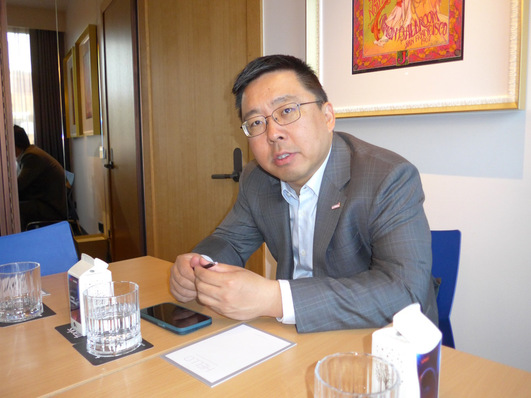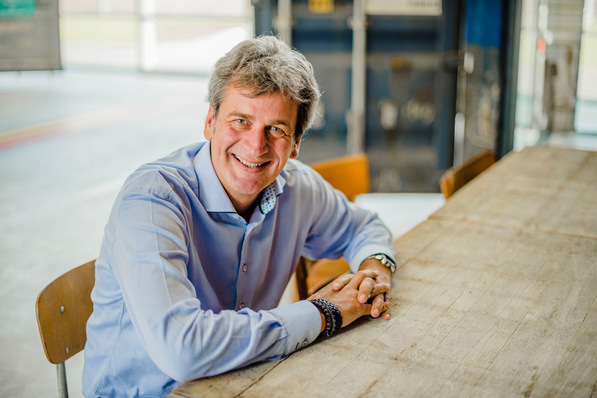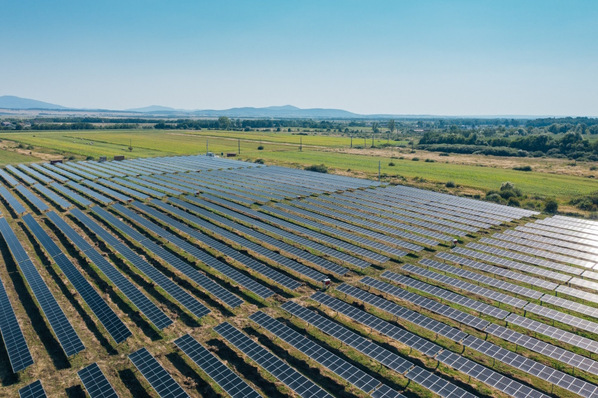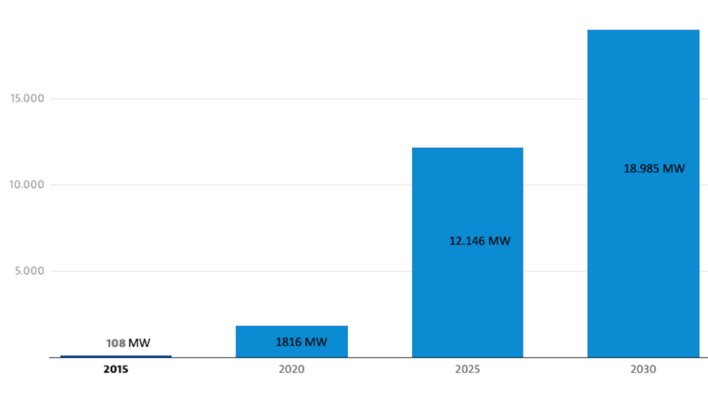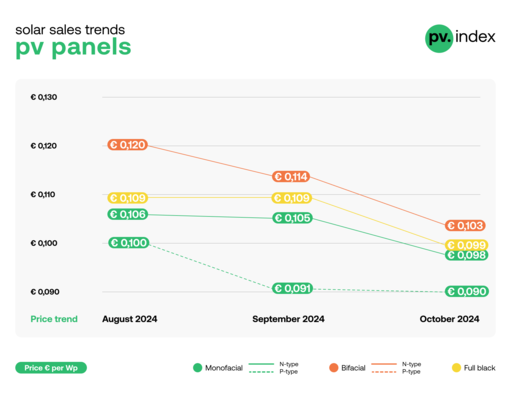This year, companies and tradespeople are reluctant to invest in a solar system. The expansion of commercial installations is suffering from the rapidly declining feed-in tariff combined with relatively stable costs for generators. But on the other side are the energy costs for businesses.
Electricity prices are rising
It is not only gas prices that are rising significantly due to the CO2 levy. Electricity prices will also continue to rise in the autumn. In order to escape these price increases of the energy suppliers, generating one's own electricity is a good option, as the project developer Wirsol Roof Solutions from Waghäusel in Baden emphasises. Because with the help of a solar system on their own roof, many companies can cover most of their electricity consumption themselves. This not only significantly reduces operating costs, but also creates more independence from the energy supply company, the Baden-based company knows.
High energy consumption in production
Wirsol demonstrates this with an example of a solar system that Wirsol built on the roofs of Simag Service. Simag processes raw materials for the chemical industry. The company grinds, screens, dries, mixes, garnishes and compacts the raw materials and supplies them primarily to chemical companies. "The production processes at Simag use machines with very high energy requirements," explains Michal Stawidlo, Managing Director of Simag Service. "The photovoltaic system now covers around 60 per cent of our company's electricity needs."
Roof prepared
Even with a higher installation effort, this is still economical. This is because the Wirsol craftsmen first had to prepare the roof before installation. "The removal of the gravel to compensate for the extra weight and a simultaneous roof renovation presented us with a certain challenge," says Johannes Groß, Managing Director of Wirsol Roof Solutions. "However, we were able to master this so that nothing stood in the way of the successful completion of the project."
Designed for self-consumption
Once the roof was prepared, the modules could be installed. The craftsmen mounted a total of 608 panels on the 1,200 square metres of roof surface. The system, with an output of 240 kilowatts, supplies 246,000 kilowatt hours of solar electricity every year. This is fed into the company's building grid via four inverters. "The entire planning was designed by us to support Simag Service above all in optimising self-consumption and the targeted cost reduction," says Johannes Groß. In this way, Simag can not only reduce energy costs, but also the CO2 footprint of its production. Because using its own solar power reduces the company's CO2 emissions by 150 tonnes per year. (su/mfo)
See also: German bank cooperates with Meyer Burger for commercial solar roofs


